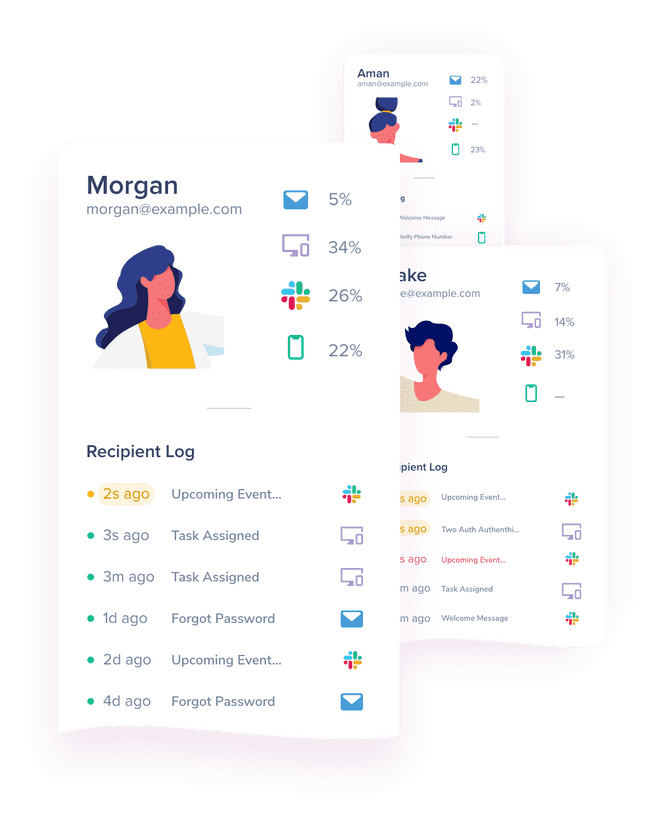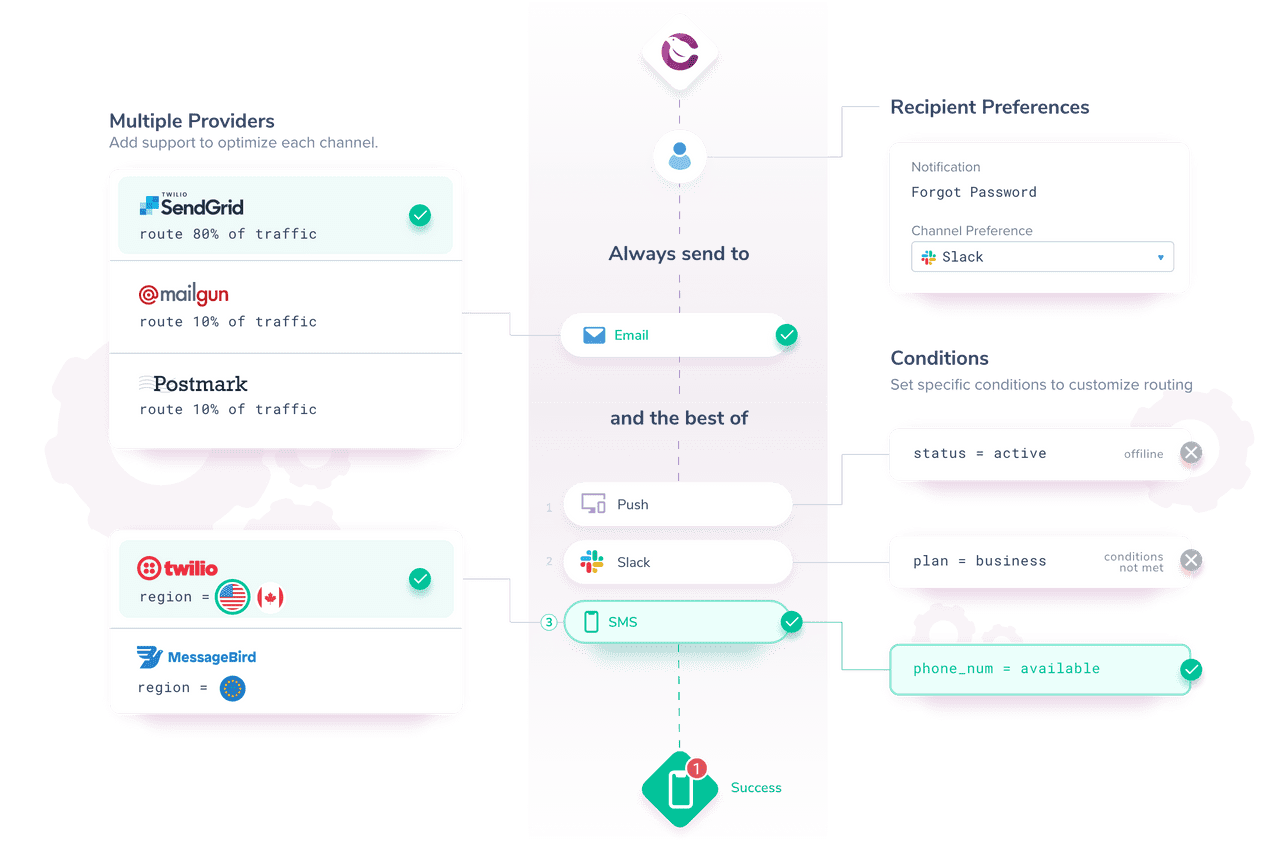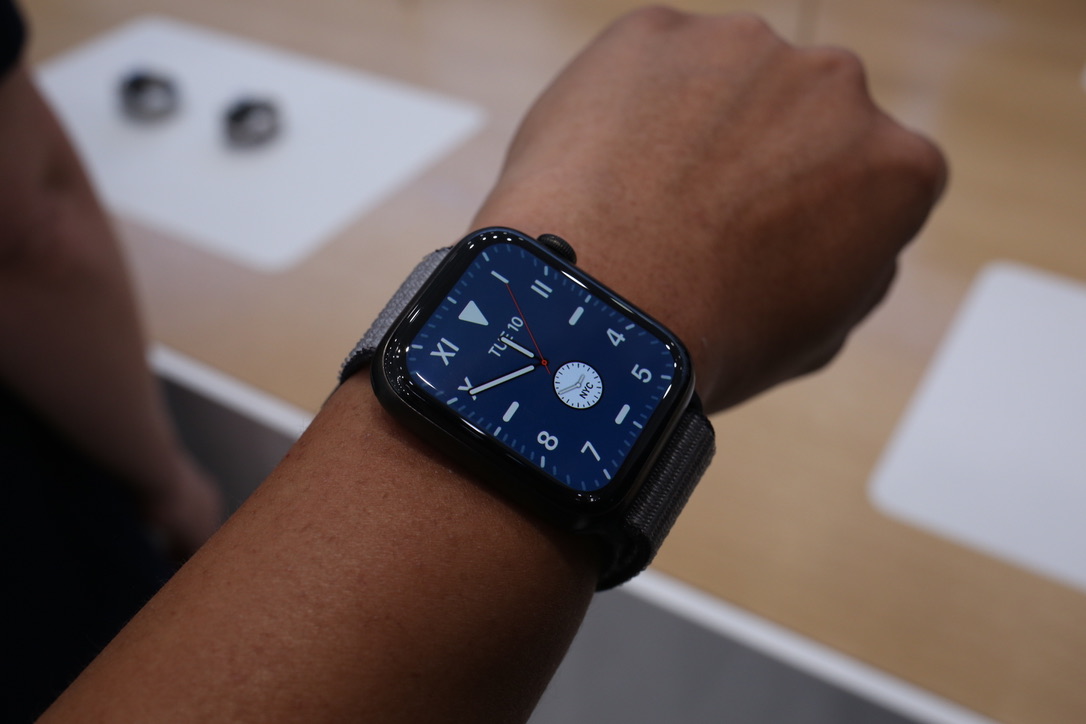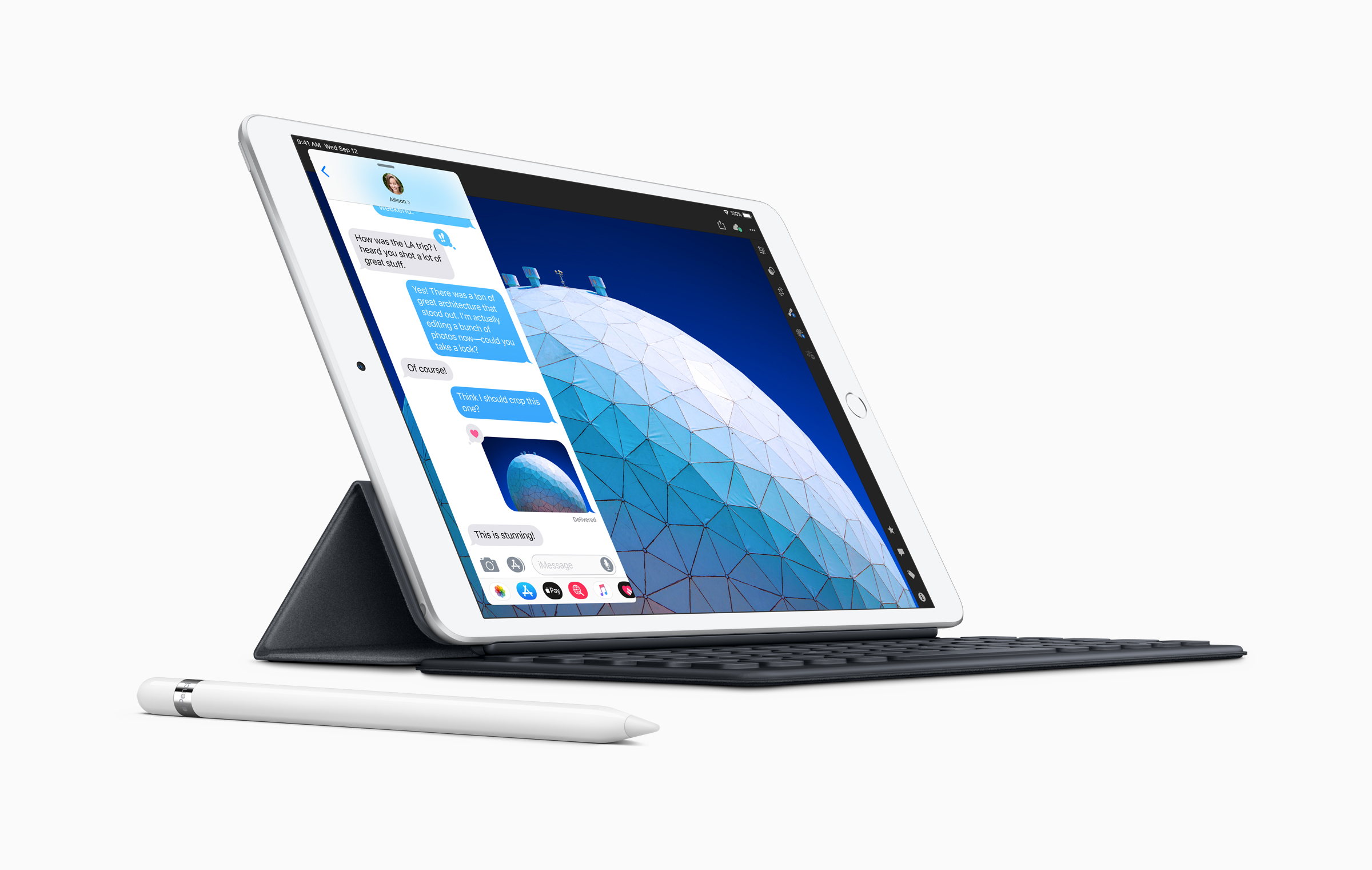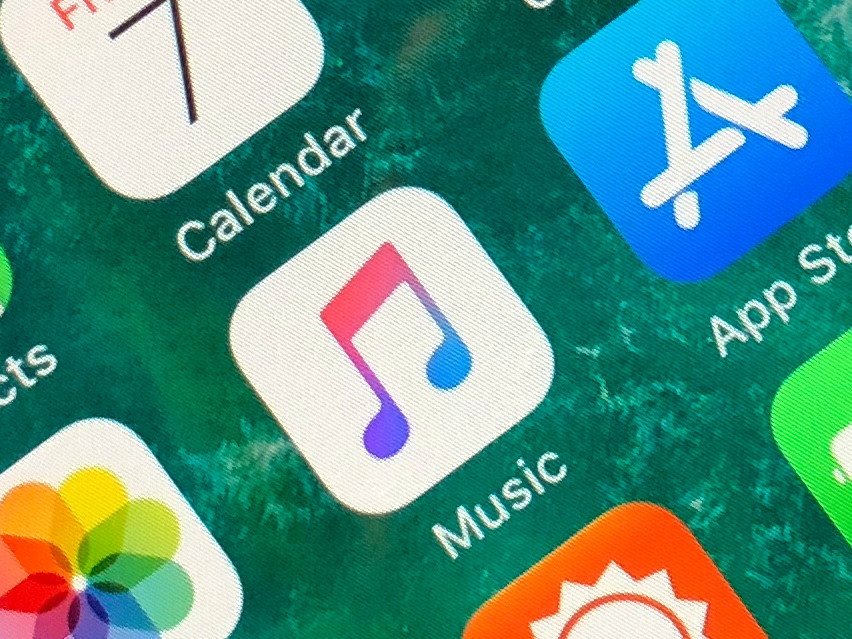ARM Holdings, the UK semiconductor company, made history for the second time today, becoming the country’s biggest tech exit when Nvidia announced over the weekend that it would buy it from SoftBank for $40 billion in an all-stock deal. (ARM’s first appearance in the record books? When SoftBank announced in 2016 that it would acquire the company for $32 billion.)
But before you can say advanced reduced instruction set computing machine, the deal has hit a minor hitch. One of ARM’s co-founders has started a campaign to get the UK to interfere in the deal, or else call it off and opt for a public listing backed by the government.
Hermann Hauser, who started the company in 1990 along with a host of others as a spin-out of Acorn Computers, has penned an open letter to the UK’s Prime Minister Boris Johnson in which he says that he is “extremely concerned” about the deal and how it will impact jobs in the country, ARM’s business model, and the future of the country’s economic sovereignty independent of the US and US interests.
Hauser has also created a site to gather public support — savearm.co.uk — and to that end has also started to collect signatures from business figures and others.
He’s calling on the government to intervene, or to at least create legally biding provisions, tied to passing the deal to guarantee jobs, create a way to enforce Nvidia not getting preferential treatment over other licensees, and to secure an exemption from CFIUS regulation “so that UK companies are guaranteed unfettered access to our own microprocessor technology.”
The letter and general wave of backlash that is coming out in the wake of last night’s acquisition news underscores interesting — and, you might argue in the long term, bigger — themes about technology in the UK, or even more generally building technology giants outside of the US or China.
In short, the questions that are being raised are around why ARM can’t try to continue to build itself as an independent company, why it opted to go for a Softbank acquisition in the first place the first time around, and why the UK doesn’t do more to support the building of its own, homegrown tech giants.
Those questions are more high-level. More immediately, Hauser’s position is that by letting the company be acquired by a US entity, any future sales that the company makes will also be subject to US export regulations — a key point since so many of its dealings are with Chinese companies and companies that in turn do business with China, all of whom would need to comply with CFIUS regulations, he notes.
“This puts Britain in the invidious position that the decision about who ARM is allowed to sell to will be made in the White House and not in Downing Street,” he writes. “Sovereignty used to be mainly a geographic issue, but now economic sovereignty is equally important. Surrendering UK’s most powerful trade weapon to the US is making Britain a US vassal state.” (Bonus points for the Nvidia/invidous pun, Hermann.)
No doubt prepared for critics to slam the deal, Nvidia CEO and co-founder Jensen Huang and Arm CEO Simon Segars held a press conference earlier today in which they both laid out, in many words, a commitment to keeping ARM’s business model and independence intact.
“This will drive innovation for customers of both companies,” said Huang at one point, adding that Nvidia “will maintain ARM’s open licensing model and customer neutrality…We love ARM’s business model. In fact, we intend to expand ARM’s licencing portfolio with access to Nvidia’s technology. Both our ecosystems will be enriched by this combination.”
Hauser’s response? “Do not believe any statements which are not legally binding.”
On the employment side, Hauser’s letter notes that ARM employs thousands of people and its ecosystem of partners stretch across Cambridge (where it is headquartered), Manchester, Belfast, Glasgow, Sheffield and Warwick. “When the headquarters move to the US this will inevitably lead to the loss of jobs and influence in the UK as we have seen with the Cadbury takeover by Kraft,” he writes.
ARM’s business model, meanwhile, has been built on the concept of the company being a “Switzerland” in the semiconductor industry, supplying reference designs to a host of licensees, many of whom might also compete against each other, and who also compete against Nvidia. His belief is that by giving Nvidia control of the company it will inevitably make those business relationships unsustainable.
But back to the biggest issue of all, at least as it is outlined to appeal to the UK government, it is ARM’s position as a company independent of US interests that is of the highest concern.
ARM, he points out, is the only UK technology company with a dominant position in mobile phone, with its microprocessors in a vast array of devices, making up some 95% market share. That helps the company stand distinct from the likes of the “FAANG” group of giant companies Facebook, Apple, Amazon, Netflix and Google, which dominate in their own respective areas (ARM does not compete against any of them, nor necessarily work with them all).
“As the American president has weaponised technology dominance in his trade war with China, the UK will become collateral damage unless it has its own trade weapons to bargain with. ARM powers the smartphones of Apple, Samsung, Sony, Huawei and practically every other brand in the world and therefore can exert influence on all of them.”
Hauser’s response is not the first time that a founder has been critical over how ARM’s business has been thrown first to one buyer, and then another.
Back in August, when the rumors of Nvidia’s interest first began to surface in the wake of SoftBank’s disastrous financial results, another co-founder and the ex-president of the company, Tudor Brown, spoke out against SoftBank’s handling of the company, and the inherent problems of having Nvidia buy it as a “solution” to that.
As we wrote at the time of SoftBank’s deal, SoftBank wanted to use the acquisition to spearhead a big move into Internet of Things technology — essentially use ARM’s business model and relationships with hardware makers to secure a new wave of investment in IP around semiconductors for connected devices, rather than doubling down on the areas that have become “hot” in processors like AI and implementations in autonomous systems.
That turned out to be a disastrous move, since IoT has not been nearly as big of a business opportunity as everyone thought it would be — or at least, the IoT business has not developed in anything like the timescales or trajectories people had predicted it would.
Tudor’s take on Nividia is much like Hauser’s. Selling to a company that essentially competes against your company’s customers will make it very tough, if not impossible, to assert independence and assurance that you’re giving everyone equal access to your products.
Of course, you could argue that Nvidia wouldn’t have acquired the company for $40 billion just to run it into the ground. But with that deal in stock, and Nvidia playing the long game, perhaps it wins either way in the end?
We’ve asked Nvidia for a response to the Save Arm initiative and will update as we learn more.


